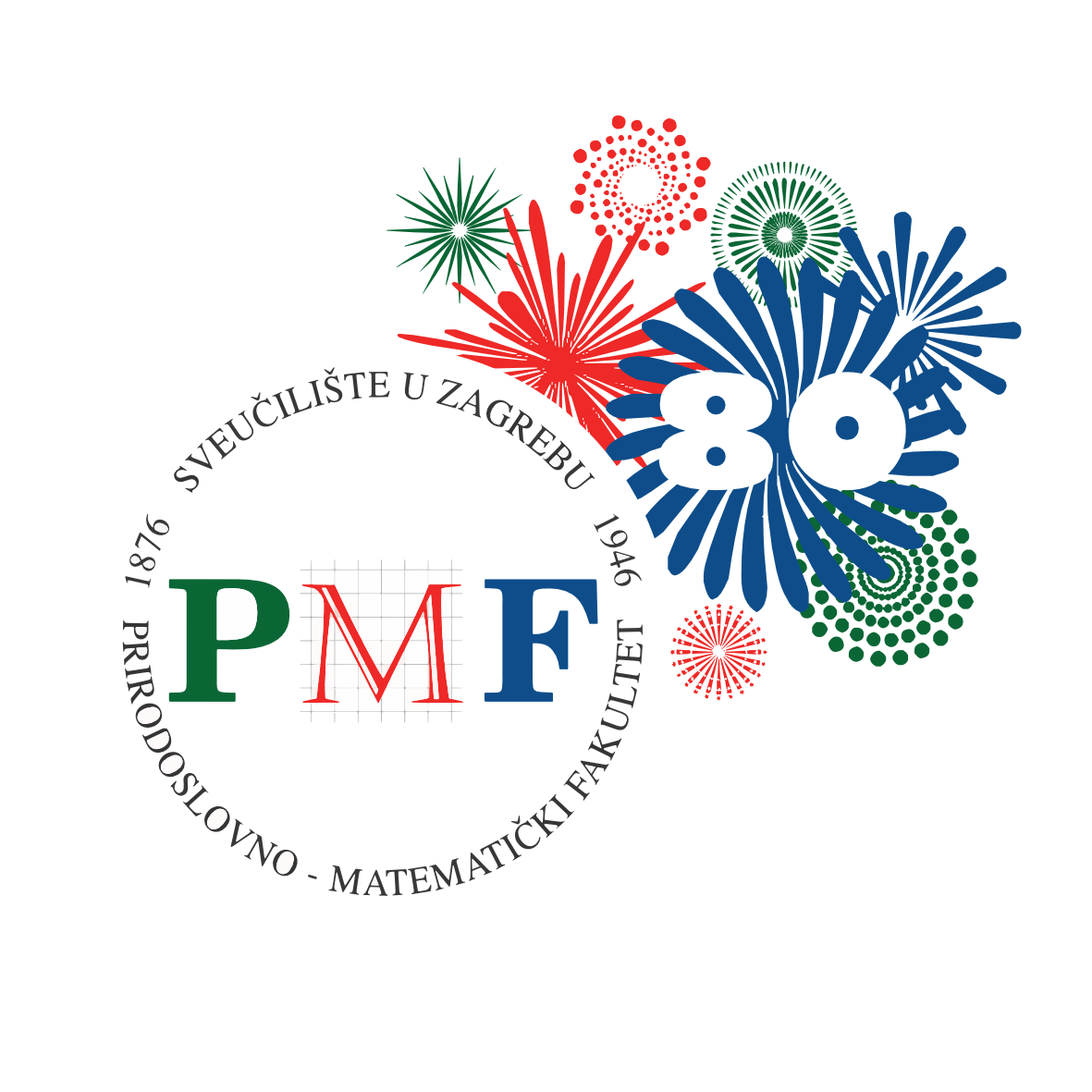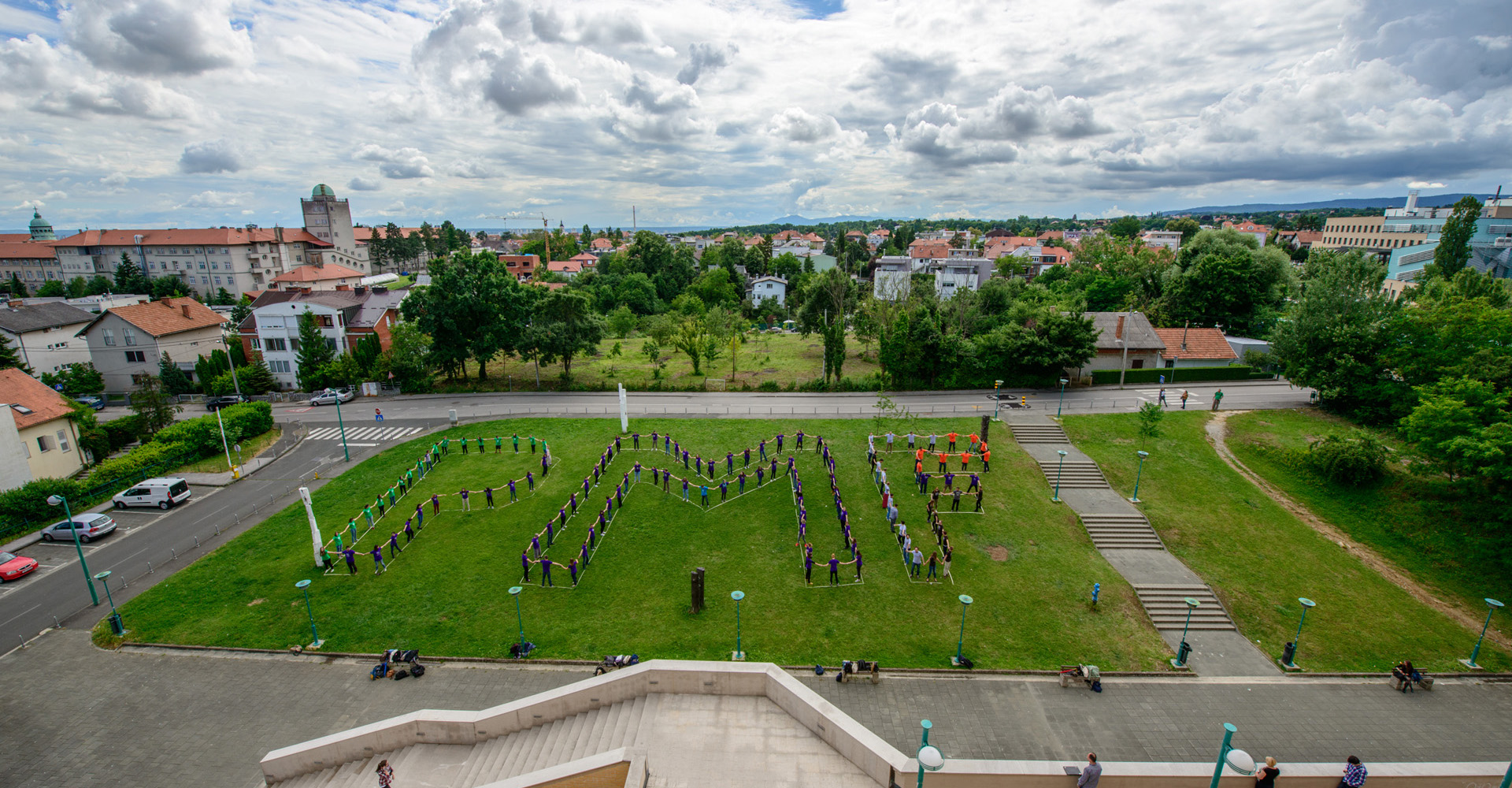PROJEKT / PROJECT: MaMes
IP-2020-02-3446
NAZIV PROJEKTA / PROJECT TITLE: Manganovi metalosenzori / Manganese Metallosensors
Trajanje / Duration: 1. 2. 2021. – 31. 1. 2025.
Financiranje / Funding: Hrvatska zaklada za znanost / Croatian Science Foundation
VODITELJ PROJEKTA / PRINCIPAL INVESTIGATOR: prof. dr. sc. Branimir Bertoša
INSTITUCIJE KOJE SUDJELUJU U PROJEKTU / INSTITUTIONS:
Prirodoslovno-matematički fakultet Sveučilišta u Zagrebu / Faculty of Science at University of Zagreb (UniZg)
Institut Ruđer Bošković (IRB) / Ruđer Bošković Institute (RBI)
Sveučilište u Pretoriji / University of Pretoria
Sveučilište u Portu / University of Porto
SAŽETAK / ABSTRACT:
Manganovi metalosenzori su transkripcijski faktori odgovorni za regulaciju homeostaze mangana u mnogim bakterijama. Četiri manganova metalosenzora su u fokusu projekta, a izabrani su tako da su po dva metalosenzora međusobno homologni proteini od kojih je jedan iz patogene, a drugi iz bakterije koja je uglavnom bezopasna za čovjeka. Jedan par magnanovih metalosenzora tvore međusobno homologni MntR proteini iz bakterije Mycobacterium tuberculosis, uzročnika tuberkuloze, i Bacillus subtilis, nepatogene bakterije koja je sastavni dio crijevne flore kod ljudi. MntR metalosenzori su esencijalni za navedene bakterije. Drugi par tvore manganovi metalosenzori SloR iz bakterije Streptococcus mutans i ScaR iz bakterije Streptococcus gordonii koji su međusobno homologni i oba su od esencijalne važnosti za bakteriju. Bakterija Streptococcus mutans je glavni uzročnik karijesa. Alosterički mehanizmi manganovih metalosenzora i njihove interakcije s pripadnom DNA sekvencom istražit će se interdisciplinarnim pristupom koji uključuje računalne i eksperimentalne metode istraživanja. Od računalnih metoda koristit će se primarno simulacije molekularne dinamike te kvantno mehaničke metode u svrhu parametrizacije interakcija Mn2+ iona i proteina. Eksperimentalne metode koje će se koristiti za istraživanje u sklopu projekta su: izotermalna titracijska mikrokalorimetrija (ITC), UV/Vis spektrofotometrija, nuklearna magnetska rezonancija (NMR), elektronska paramagnetska rezonancija (EPR), fluorescencijska anizotropija (FA) te genetičke i biokemijske metode potrebne za dobivanje i pročišćavanje odgovarajuće količine proteina. S obzirom da se projekt bazira na temeljnom znanstvenom istraživanju, rezultati projekta imat će prvenstveno fundamentalni značaj. Međutim, s obzirom da su dva od četiri manganova metalosenzora esencijalni za patogene bakterije, rezultati projekta mogli bi predstavljati temelj za buduća farmakološka istraživanja.
Manganese metallosensors are transcriptional factors that regulate manganese homeostasis in bacteria. The focus of the project is on two pairs of manganese metallosensors, each pair consisting of two homologous proteins, one from a pathogenic bacterium and the other from a bacterium that is mostly harmless for humans. We will study the MntR manganese metallosensors from Mycobacterium tuberculosis, the causative agent of tuberculosis, and Bacillus subtilis, a non-pathogenic bacterium that is part of the normal gut flora of humans. Both MntR proteins are essential for their bacteria and are homologues. Manganese metallosensors SloR from Streptococcus mutans, and ScaR from Streptococcus gordonii, are also homologous proteins and both are essential for bacteria. The bacterium Streptococcus mutans is the main causative agent of caries. Allosteric mechanisms of manganese metallosensors and their interactions with the target DNA sequences will be studied by interdisciplinary approach consisting of computational and experimental methods. Computational methods will mostly rely on molecular dynamics simulations. Quantum mechanics calculations will be used for parametrisation of interactions between manganese ions and proteins. Experimental methods will consist of: isothermal titration calorimetry (ITC), UV-Vis spectrophotometry, fluorescence anisotropy (FA), nuclear magnetic resonance (NMR) and electron paramagnetic resonance (EPR), preceded by molecular biology and biochemistry methods necessary to produce sufficient amounts of proteins. The expected results of the project will primary have impact on fundamental science. However, considering the fact that two out of four metallosensors are essential for pathogenic bacteria, the results of the project might serve as a basis for future pharmacological research.
PROJEKTNI TIM / PROJECT TEAM:
Martina Manenica
NAGRADE / AWARDS:
DIPLOMSKI RADOVI / MASTER THESES:
- Lana Semenić, "Računalna i eksperimentalna analiza interakcije između DNA i transkripcijskog faktora MntR-a iz Mycobacterium tuberculosis", PMF, Zagreb, 2024.
- Matej Kožić, "Nova metoda analize simulacija molekulske dinamike toplinskim kartama", PMF, Zagreb, 2024.
- Michaela Batković, "Računalno istraživanje kompleksa DNA i proteina MntR iz bakterije Bacillus subtilis" PMF, Zagreb, 2023.
- Ana Marija Knez, "Simulacije molekulske dinamike proteina MntR iz bakterije Halalkalibacterium halodurans" PMF, Zagreb, 2023.
- Mislav Brajković, "Simulacije molekulske dinamike proteina MntR iz bakterije Mycobacterium tuberculosis", PMF, Zagreb, 2022.
DOKTORSKE DISERTACIJE / PhD THESES:
- Katarina Radman, "Transkripcijski faktori SloR iz Streptococcus mutans i ScaR iz Streptococcus gordonii i njihova interakcija s ionima mangana(II) i DNA", PMF, Zagreb, 2025. - obranjena doktorska disertacija 14. 5. 2025.
- Martina Manenica "Mehanizam aktivacije proteina MntR iz bakterije Halalkalibacterium halodurans za vezanje na DNA", PMF, Zagreb, 2025. - obranjena doktorska disertacija 13. 5. 2025.
- Zoe Jelić Matošević "Računalna i eksperimentalna karakterizacija proteina MntR iz bakterija Bacillus subtilis i Mycobacterium tuberculosis" - obranjena tema disertacije
PUBLIKACIJE / PUBLICATIONS:
M. Manenica, B. Bertoša, Molecular basis of protein-DNA interactions between Halalkalibacterium halodurans MntR and its DNA operator sequence. Int. J. Biol. Macromol. 311 (2025) No. 142937.
K. Radman, I. Crnolatac, N. Bregović, Z. Jelić Matošević, P. A. Fernandes, D. Merunka, D. Žilić, I. Piantanida, I. Leščić Ašler, B. Bertoša, Conformational change induced by binding of Mn2+ ions activates SloR transcription factor in Streptococcus mutans. Int. J. Biol. Macromol. 290 (2025) No. 138828.
I. Leščić Ašler, K. Radman, Z. Jelić Matošević, B. Bertoša, V. U. Weiss, M. Marchetti-Deschmann, Exploring the manganese-dependent interaction between a transcription factor and its corresponding DNA: insights from gas-phase electrophoresis on a nES GEMMA instrument. Anal. Bioanal. Chem. 416(24) (2024) 5377–5386.
A. M. Knez, M. Manenica, Z. Jelić Matošević, B. Bertoša, Allosteric mechanism of MntR transcription factor from alkalophilic bacterium Halalkalibacterium halodurans, J. Biomol. Struct. Dyn. 12 (2024) 1-15.
M. Kožić, B. Bertoša, Trajectory maps: molecular dynamics visualization and analysis, NAR genom. bioinform. 6 (2024) 1-8.
K. Radman, Z. Jelić Matošević, D. Žilić, I. Crnolatac, N. Bregović, M. Kveder, I. Piantanida, P. A. Fernandes, I. Leščić Ašler, B. Bertoša, Structural and dynamical changes of the Streptococcus gordonii metalloregulatory ScaR protein induced by Mn2+ ion binding, Int. J. Biol. Macromol. 253 (2023) No. 127572.
Z. Jelić Matošević, K. Radman, J. Loubser, I. Crnolatac, I. Piantanida, I. Cukrowski, I. Leščić Ašler, B. Bertoša, Structural Dynamics of the Bacillus subtilis MntR Transcription Factor Is Locked by Mn2+ Binding, Int. J. Mol. Sci. 24 (2023) 957-978.

 Pristupačnost
Pristupačnost


